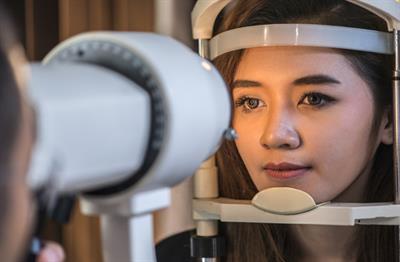PDF chapter test TRY NOW
Light is an energy that travels in waves. A ray of light is a path of light, and a group of these rays is referred to as a beam of light. Any object that emits light is referred to as a source of light. Some of the sources, known as luminous objects, emit their own light. The Sun, like all the stars, is an example of a luminous object.
We are all aware that we can see things with our eyes. In a dark room, however, we can't see anything. Can you explain why?
If you say, We need light to see objects; the next question is, "Will you be able to see the objects if the light from a torch falls on your eyes?" Without a doubt, the answer is a resounding 'NO'.
If you say, We need light to see objects; the next question is, "Will you be able to see the objects if the light from a torch falls on your eyes?" Without a doubt, the answer is a resounding 'NO'.

Only when light is made to fall on the objects and the light reflected from the objects is viewed by our eyes can we see them.

Visibility of objects when light fall on it
In previous classes, you would have studied light reflection and refraction in depth. The scattering of light, images formed by convex and concave lenses, the human eye, and optical instruments such as telescopes and microscopes will all be covered in this chapter.
Properties of light:
Let us recall the properties of light and the important aspects of refraction of light.
Let us recall the properties of light and the important aspects of refraction of light.
- Light is a form of energy that always travels along a straight line.
- Light do not need any medium for its propagation. It can even travel through a vacuum.
- The speed of light in a vacuum or air is \(c\) \(=\) .
- Since light is in the form of waves, it is characterized by a wavelength (\(λ\)) and a frequency (\(ν\)), which are related by the following equation:
